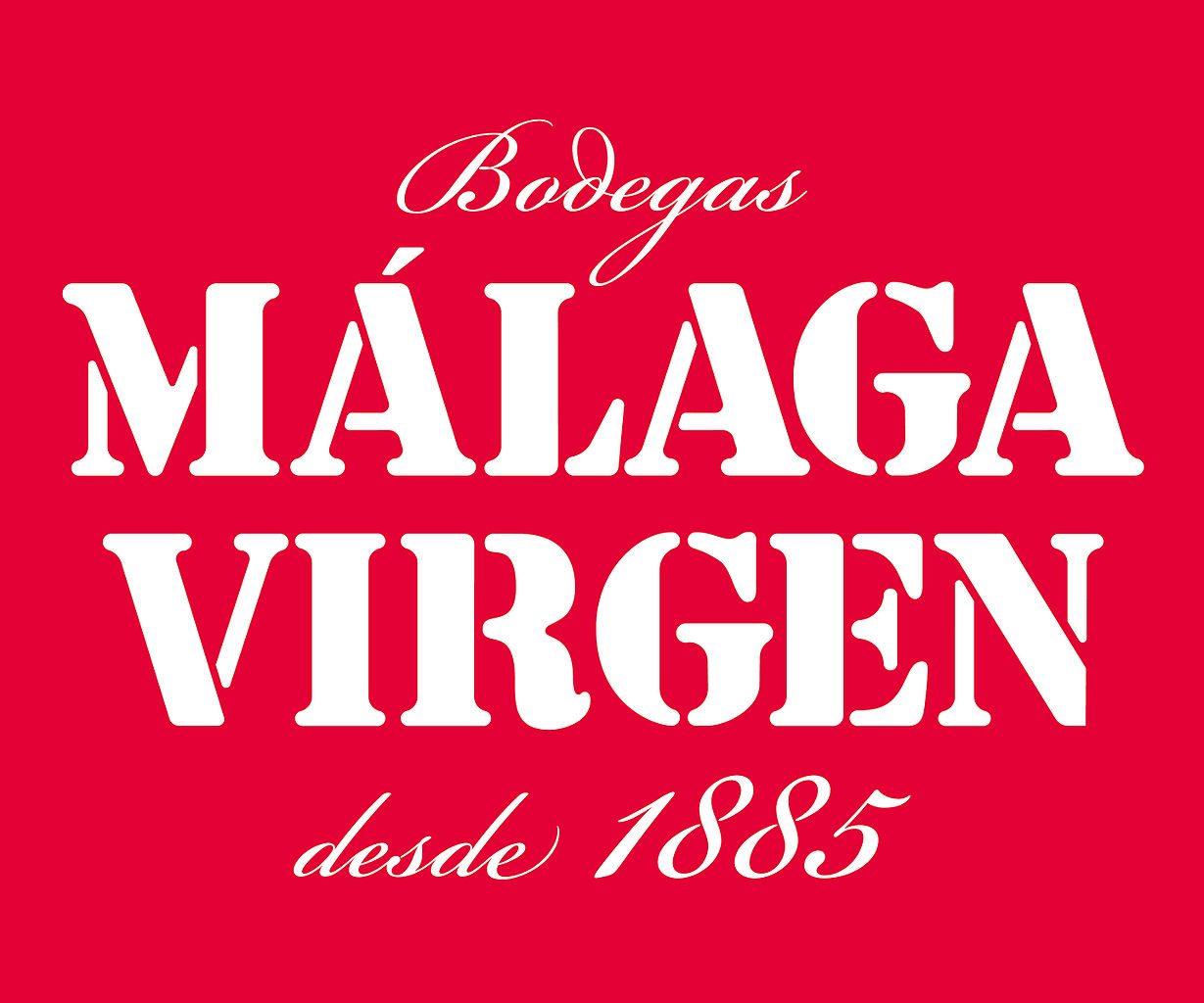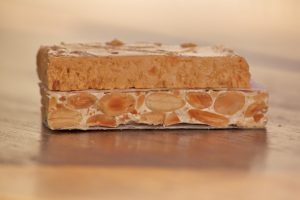
As we all know, wine is an inseparable part of Spanish culture. Malaga boasts of one of the most unique and exquisite Spanish wines. Let´s figure out more about malagueñan wine , shall we?
Malaga enjoys of variety of Malagueñian liquor wines. It is made from the grapes of Moscatel and Pedro Ximénez branch (cultivated in the mountains of Malaga). Also, it receives grapes from Axarquía, Antequera, Serranía de Ronda and some municipalities of Cordoba (Benamejí and Palenciana).
The area of the cultivation is more or less of 1.000 square meters to average height of 600 meters. It is estimated that there are 45 wineries. There are two types of wines:
- wines of liquor of 15% to 22%
- wines without adding extra alcohol (among them also the ones that are naturally sweet, from 13 % and up)


There is a great amplitude of the colours of Malaga´s wines – from yellowish to black – and various aromas. According to their ageing, there are some divisions:
- Málaga Pálido – 0 months
- Málaga – from 6 to 24 months.
- Málaga Noble – from 2 to 3 years.
- Málaga Añejo – from 3 to 5 years.
- Málaga Trasañejo – more than 5 years.
There are also some other characteristics worth pointing out:
- Lágrima: made without any mechanic pressure. The ageing normally is about 2 years and it can be found named as Lacrimae Christi.
- Pajarete: wine of liquor or natural sweet wine with sugar between 45 g/l to 140 g/l and of colour of amber or dark amber.
- Pero Ximén (or Pedro Ximénez).
- Moscatel
- Dorado or Golden: other wine of liquor which is also naturally sweet.
- Rojo dorado or Rot gold: wine of liquor, adding up to a 5% vol. of “arrope” (certain source of syrup).
- Oscuro or Brown: wine of liquor, adding from 5% to 10% vol. of “arrope” (certain source of syrup).
- Negro or Dunkel: up to 15% of “arrope”.
- Dulce Crema or Cream: wine of liquor with more than 100 g/l of sugar but less than 140 g/l, the colour may vary, from amber to dark amber.
- Dry Pale or Pale Dry: without “arrope”, with sugar but no more than 45 g/l.
- Pale Cream: without “arrope”, with sugar, may be more than 45 g/l.
The winery is an old tradition here in Malaga. The first document found about the knowledge about wine of local people dates back to the Roman Empire times. The production was interrupted for a while when Muslims reigned the area but after the reconquest it regain the intensity.
The popularity of Malaga´s wines grew up when when Spanish ambassador in Moskow gifted some boxes of malagueñian wine to the Empress Cathereine the Great and from then on these wines started to flow to Russia and were recognised by many famous people. This brought the international recognition to Malaga´s wines which can be seen nowadays.
There are some special bodegas and restaurants offering a great collection of Malaga´s wines here in the city, like “el Pimpi” or “Antigua Casa de Guardia”. Academia CILE understands the importance of traditional wine elaboration and organises the visit to some special places like these. Are you about to join our students for a visit after classes! Let´s taste the wine then!

#Spanishwine #VinodeMálaga #SpanischKurse #StudySpanishinSpain









